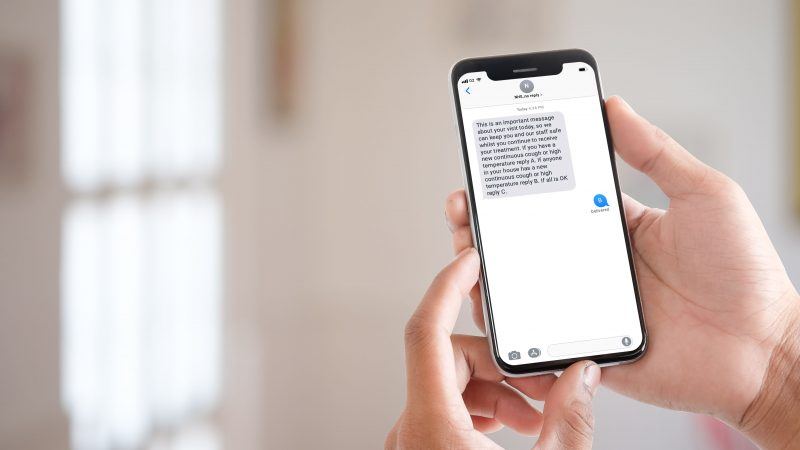Virtual Wards provide care to people in their own homes to reduce the need for hospital admission. For patients with complex health conditions, a virtual ward is about better self-care and enabling patients with the tools and knowledge to better manage their health.
Since the onset of COVID-19, the concept of Virtual Wards for COVID-19 have emerged. A COVID-19 Virtual Ward enables health care professionals to monitor patients diagnosed or at risk of COVID-19 in the comfort of their own homes. The service removes the need for patients to attend a health care setting, minimising the spread of the virus and freeing up staff and beds. For patients with complex health needs, virtual wards enable health care professionals to keep a close eye on high risk patients. They enable health care professionals to track patients over time, meaning changes in health can be quickly identified.
Virtual wards allow patients to be monitored in a comfortable setting. It enables clinicians to discharge patients home early, allowing the patient to be at home with the confidence that they are being monitored remotely and supported by a care team. Allowing the patient to be at home and out of the hospital environment may also improve mental wellbeing.
The Inhealthcare COVID-19 Virtual Ward asks patients a series of questions and requests vital sign readings including oxygen levels, pulse rate and temperature. Questions around wellness, breathing and coughing episodes are sent to the patient through either SMS, an app or automated telephone call. Readings can be flagged for clinical follow up.

